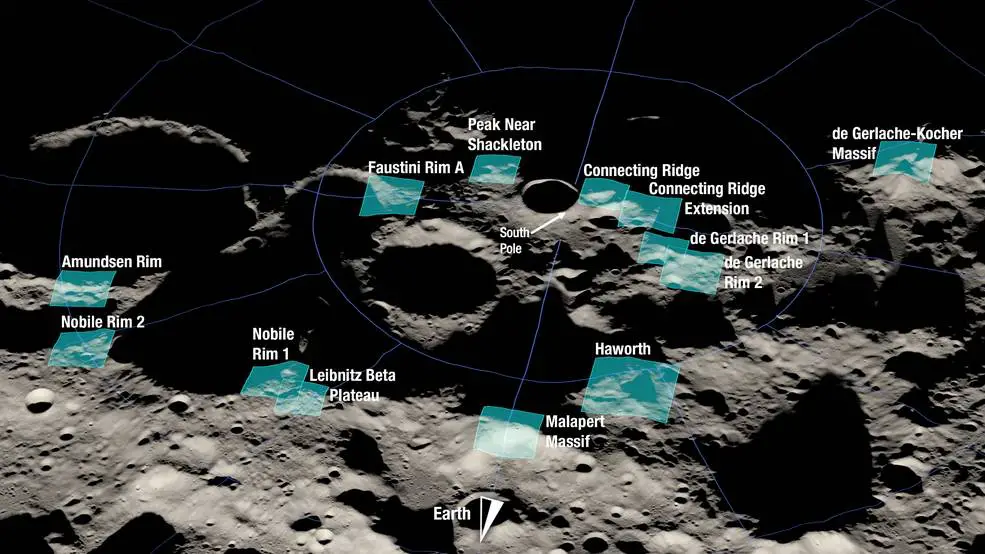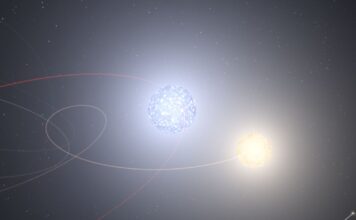Every 1 second, a mass equivalent to 1 Earth is swallowed by a greedy giant black hole in the universe.
Scientists have recently discovered the fastest-growing supermassive black hole in history, 500 times larger than the Milky Way, Sagittarius A*. If compared with the solar system, the entire solar system will be shrouded in the event horizon, and nothing can escape.
The Australian National University team used the SkyMapper telescope to discover an extremely bright quasar, named SMSS J114447.77-430859.3 (J1144 for short), which was in fact always there – 18 degrees above the plane of the Milky Way,
However, in the past, the survey plan to find quasars only swept 20 degrees above the plane of the Milky Way. In addition, there were a lot of stellar light and dust on the way to search for distant objects to block the view. Finding rare background light sources requires luck in addition to technology, resulting in J1144 even extremely bright .
We also missed it for so many years.
Other Black Holes stopped expanding
While other black holes of similar size stopped growing billions of years ago, J1144 is still absorbing a lot of matter to grow and thrive. Today, it is 3 billion times the mass of the sun. The team’s analysis confirmed that the black hole is the fastest growing in the past 9 billion years.
The researchers point out that the rapidly accreting matter in J1144 would explode with considerable energy, making it 7,000 times brighter than the Milky Way (it’s not the black hole itself that glows, but a disk of material heated by high-speed friction and the pull of gravity).
In fact, J1144 is also one of the brightest events in the history of the universe today. If you look at the sky from the earth, the brightness of J1144 reaches 14.5, which means that astronomers have the opportunity to use ultra-sophisticated telescopes from their yards to find it (provided that the observation site is extremely dark without light pollution).
The team believes that we should never find a black hole that grows at this rate like J1144, but we don’t know the physical mechanism behind the rapid growth of J1144’s black hole. Maybe two huge galaxies collide to provide a large amount of gas fertilizer to the black hole…
Read more Here:




